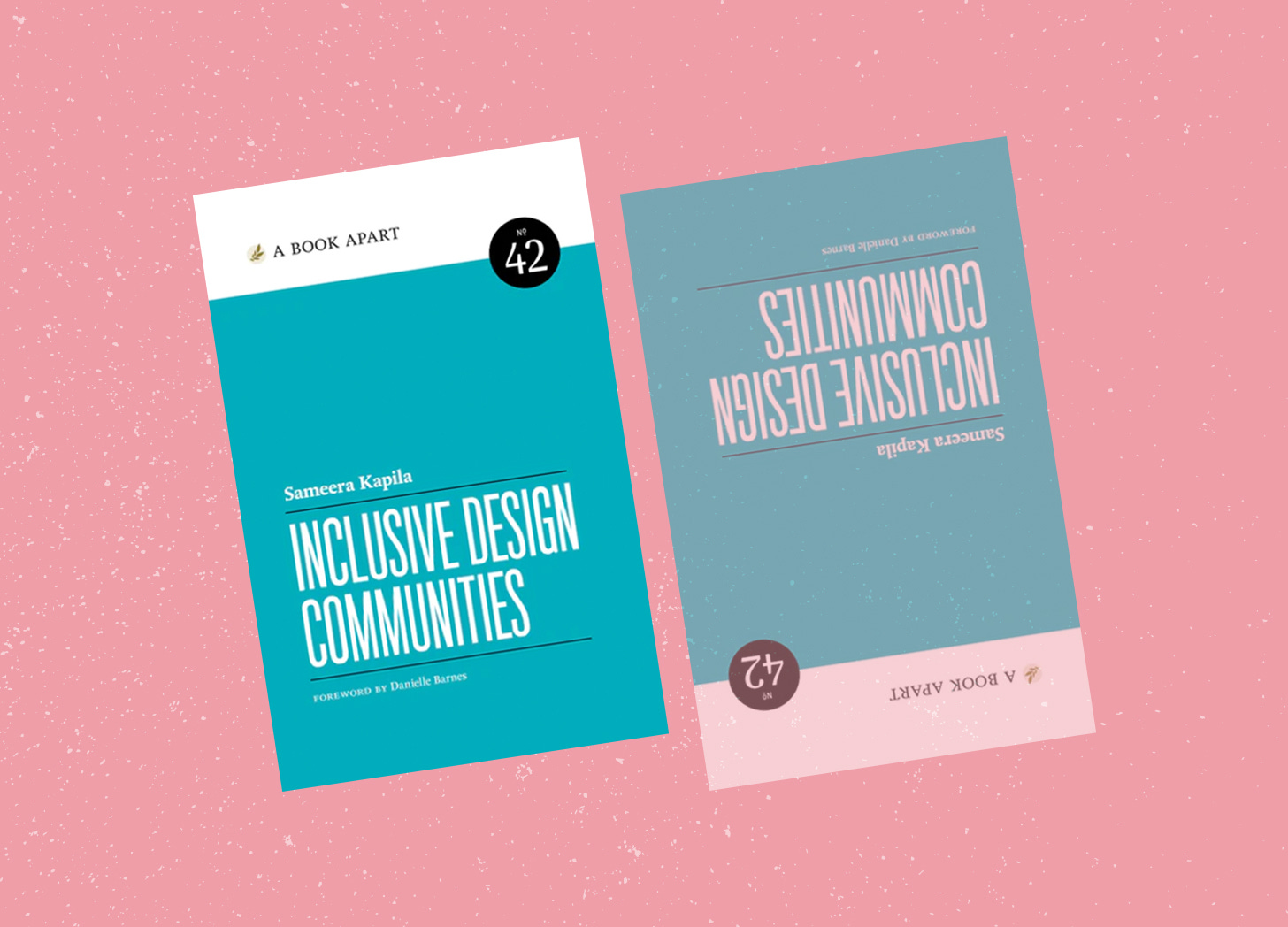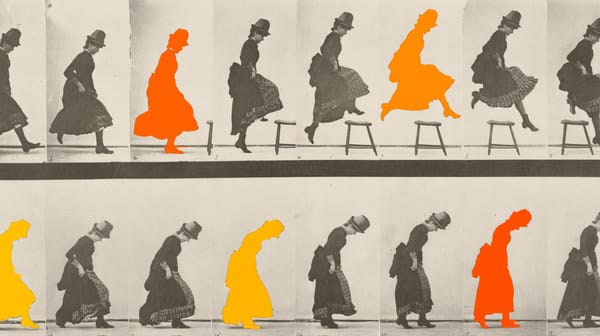The Daily Stand-Up
On Inclusive Design Communities and Shopify’s “calendar purge”

I’m heartened by the warm responses I received to last week’s introductory letter. Thank you for signing up, for sharing, and for writing in. If you’re coming across this issue without context, learn more about what we’re up to. And, of course, please subscribe!

“Design, we have a problem.” So begins the third chapter of Sameera Kapila’s Inclusive Design Communities, a stimulating and practical handbook that examines inclusion in design education, in the workplace, and in other professional settings like conferences. That problem is not one of intent; the design industry is filled with well-intentioned leaders, thoughtful public statements, and relatively nuanced company policies. You can count me among the well-intentioned. The problem Kapila highlights is one of impact: for all our efforts, which have accelerated since the social protests across North America in 2020, the design community is still a long way from being truly inclusive.
Like many of us, I’m working on it. Importantly, Kapila states clearly that she is, too. As she notes early on, “True inclusion is nuanced, specific, and ongoing: there’s no checklist or quick fix.” In an even-tempered and self-aware manner, she patiently explains terms, shares examples, and refers to useful frameworks she has encountered in her own journey as a student, educator, designer, and design-team leader. I suspect nearly anyone in the field would find new and useful ideas or tools in this book’s pages. For example, I’ll keep Lev Vygotsky’s Learning Zone Model and Kapila’s comments about experiential bias and hiring junior-level employees close at hand. And even a specialized DEI consultant would appreciate its clarity and brevity, which make Inclusive Design Communities a helpful introduction.
Throughout, Kapila encourages those with privilege to proactively accommodate, and even stand up for, those with less privilege. She puts it bluntly: “People with leadership roles need to model the behavior they want to see.” And: “I believe managers—especially senior leadership—are 99 percent responsible for making their company inclusive.”
Inclusion is a “practice of communication and consideration,” and one that, she thinks, can resonate with the design-minded: “As designers, we work a lot with systems: design systems, brand and identity systems, advertising campaigns, and more. So when we think of our community as a system, we put ourselves in the position to take more logical steps toward equity and liberation.” In education, this can mean taking account of different learning styles; when hiring, this means working from the premise that “there is no pipeline problem”; at conferences, this involves writing custom codes of conduct and well-known speakers ensuring their participation is contingent on fair practices for panelists and attendees alike. Does that sound like a lot? Her parting words are encouraging: “Start with just one action or contribution, and then try another. Keep going.”

I couldn’t help but think about Shopify’s recently announced—and widely reported and commented upon—“calendar purge” while reading Kapila’s book. On January 3, the e-commerce giant announced to employees that it had eliminated all recurring meetings with more than two people; made Wednesday a no-meeting day; and limited meetings of more than fifty people to one per week and only in a six-hour Thursday window. (It also unexpectedly deleted many Slack channels.) The numbers certainly sound impressive: the company says it has removed nearly ten thousand events from people’s calendars and, in aggregate, will free up 76,500 hours previously reserved for those gatherings.
Meetings are a bug. Today, we shipped a fix to this bug at @Shopify.
— Kaz Nejatian (@CanadaKaz) 1:58 PM ∙ Jan 3, 2023
To start 2023, we're cancelling all Shopify meetings with more than two people. Let's give people back their maker time. Companies are for builders. Not managers.
Look, I get it. Meetings can be a drag. I can’t comment on what else in the company’s culture enables the kinds of communication that happened (imperfectly) in all those meetings. But it’s worth pushing back on how COO Kaz Nejatian described them in his public announcement, embedded above. (CEO Tobi Lutke suggested, less stridently, that they are “usually” a bug.)
Slashing meetings like this advantages some people and disadvantages others, and it’s not (only) about managers versus makers. It’s also, for example, about the long-tenured versus the newly hired; meetings are an important opportunity to embed oneself in a community of peers. Nejatian’s statement also reflects a narrow view of how to generate good ideas (and good products), which can certainly include direct group discussion.
Meetings can be designed, can be made better. You can have focused, heads-down time and regularly scheduled gatherings. Eliminating meetings wholesale, partly by flattering employees through appeals to what Y Combinator co-founder Paul Graham famously called the “maker’s schedule,” feels … blunt. Nejatian added, in the internal memo cited in this CBC article, that if the new changes “feel chaotic” for Shopify employees, it “is kind of the point.” Change, growth, and even periodic resets are good; be wary of deliberate chaos.
Good Links
- 🧠 The new Metamuse podcast episode is an extremely thoughtful hour on brainstorming, remote work, and the practices and tools that support both.
- 🗣️ Mandy Brown on communication: “Most miscommunication happens because we aren’t aware of the potential for it, or because we presume it’s unlikely rather than the default state of affairs.”
- 🤖 Kyle Chayka on how we get our culture: “If the algorithmic feed is the sidewalk, conveniently providing a clean and clear-cut avenue to progress on, a personal cultural pursuit is the messier desire path, which moves in unexpected directions.”
- 🎨 “Linda Goode Bryant was an entrepreneur of art who perceived a hole in the cultural landscape shaped like her. She stepped into it.” Darryl Pinckney on a pioneering art gallery now getting its due.
Made it this far? Here’s a motorcycle floating in clouds.





